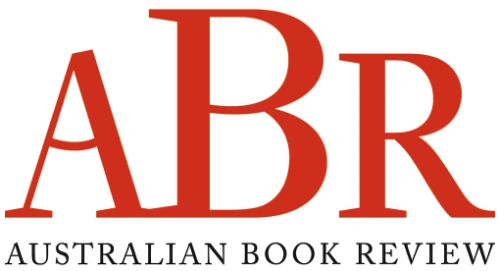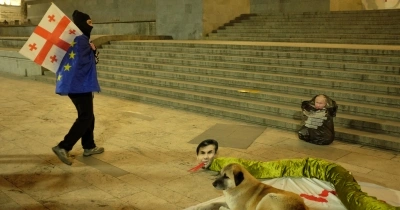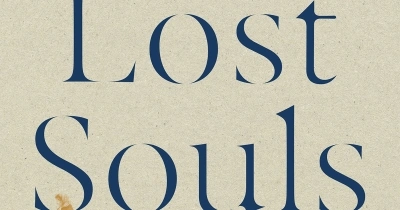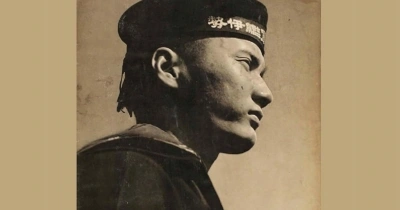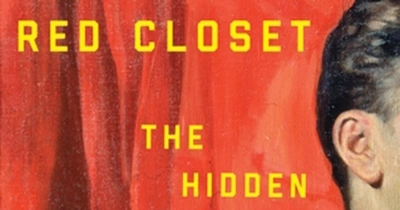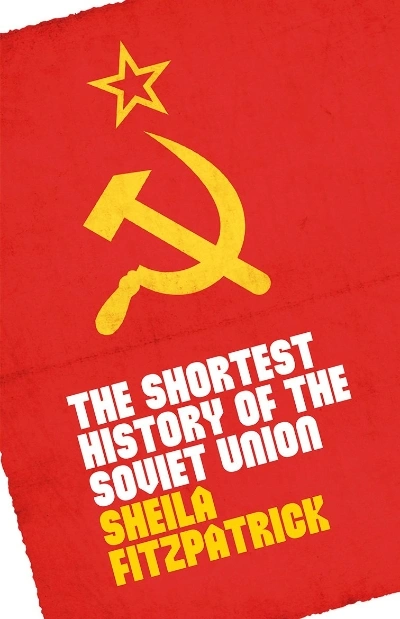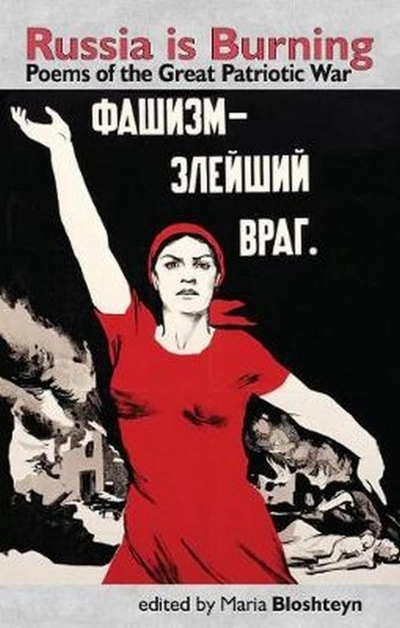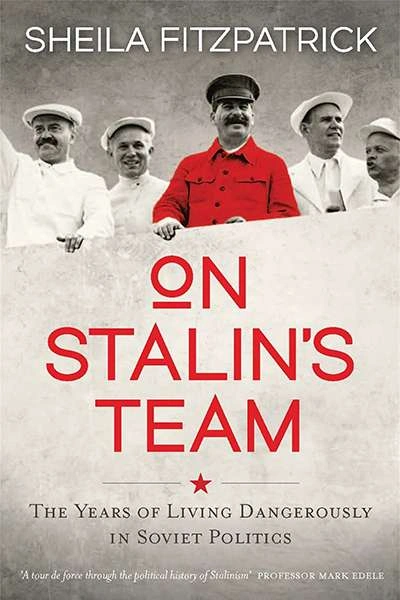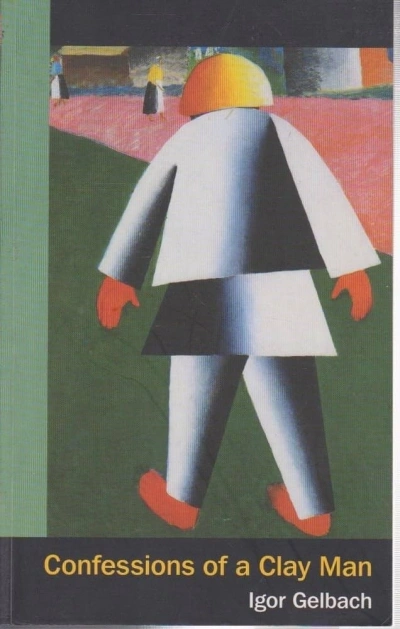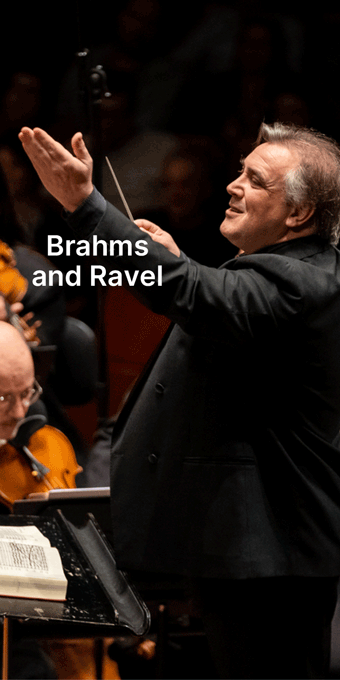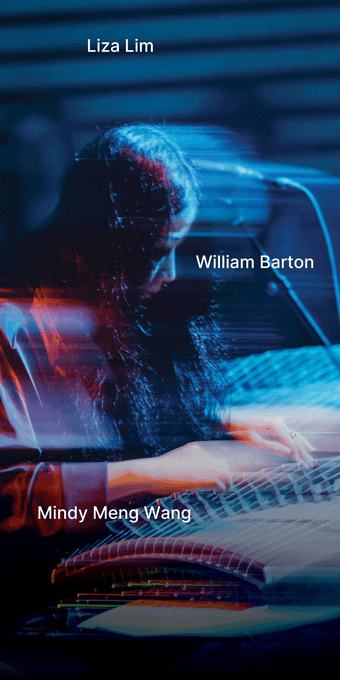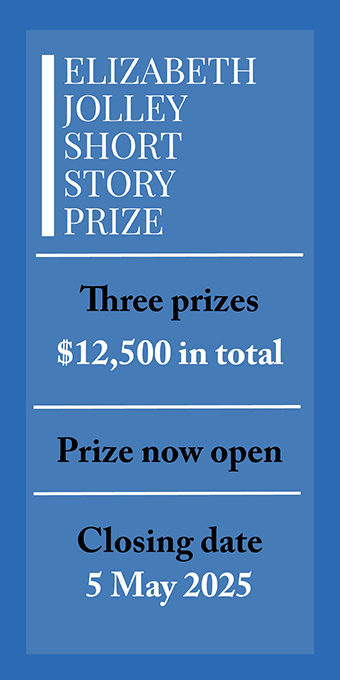Soviet Union
Night after night, the protests swirl into one. Slogans blast through the distorted echo of plastic megaphones. Whistles are blown at such a piercing volume that my ears ring when sleep eventually comes, usually around 7 am. Blockades close the city’s main arteries and highways. Police in riot gear are deployed to each of the three main roads that lead in and out of the city. Rustaveli Avenue, the main street in Tbilisi, Georgia’s capital and largest city, has once again become the nation’s political fault line.
... (read more)Lost Souls: Soviet displaced persons and the birth of the Cold War by Sheila Fitzpatrick
by Phillip Deery •
Soviet Socialist Realism and Art in the Asia-Pacific by Alison Carroll
by Iva Glisic •
Red Closet: The hidden history of gay oppression in the USSR by Rustam Alexander
by Iva Glisic •
The Shortest History of the Soviet Union by Sheila Fitzpatrick & Collapse by Vladislav M. Zubok
by Luke Stegemann •
Russia Is Burning: Poems of the Great Patriotic War edited by Maria Bloshteyn
by David Wells •
On Stalin’s Team: The Years of Living Dangerously in Soviet Politics by Sheila Fitzpatrick
by Mark Edele •
Political Tourists: : Travellers from Australia to the Soviet Union in the 1920s–1940s edited by Sheila Fitzpatrick and Carolyn Rasmussen
by John Thompson •
